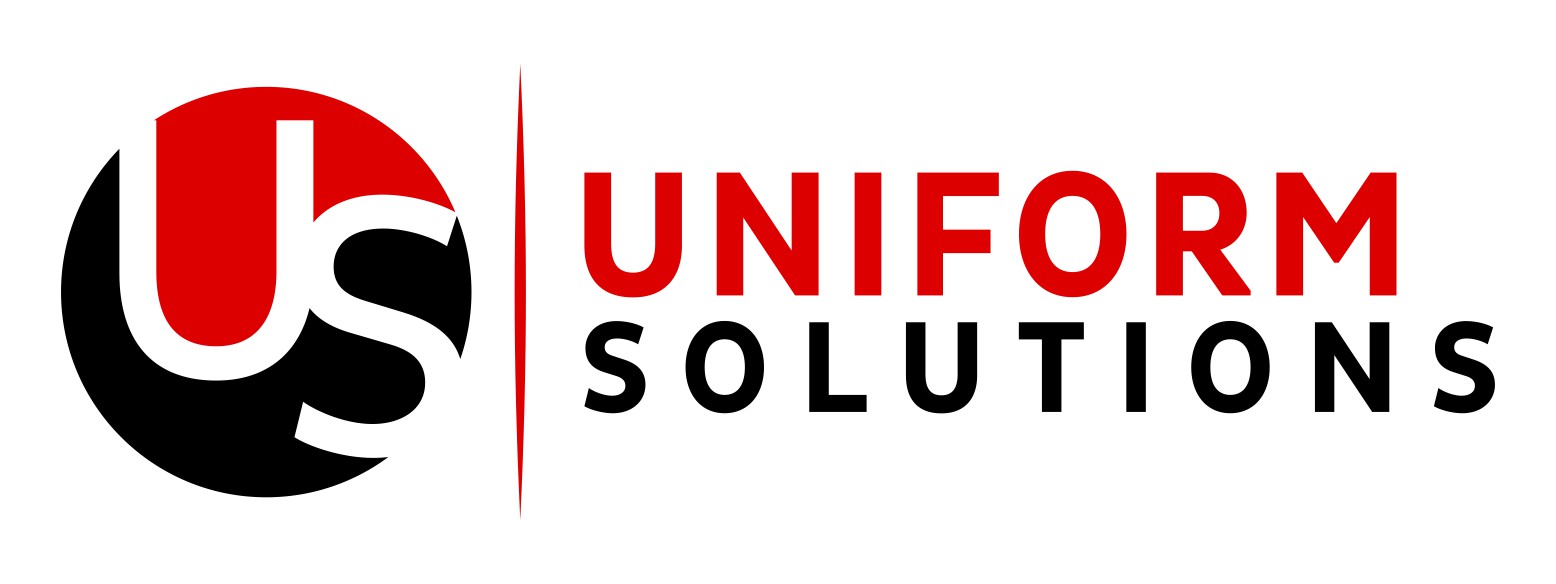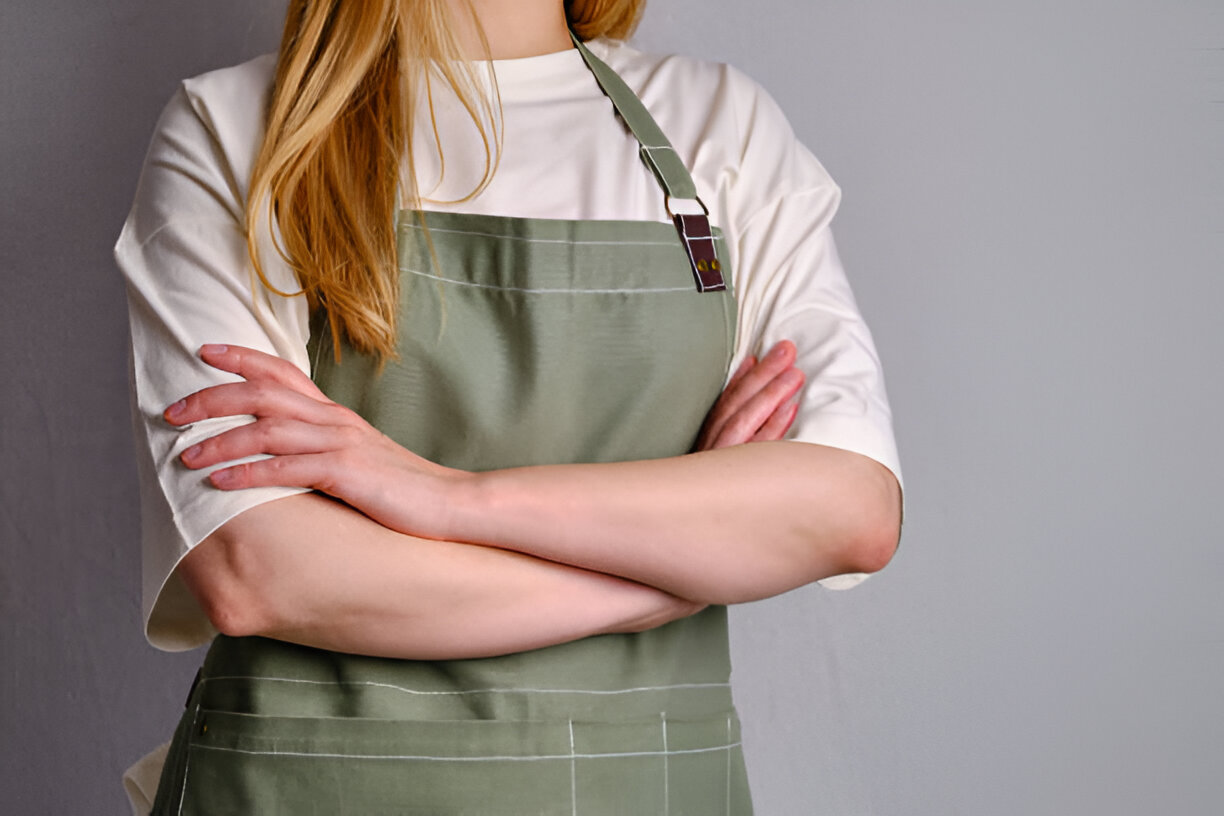What is Serigraphy? Everything you need to know
- Published on: March 12, 2025
Have you ever seen a print so vivid and detailed that it almost feels alive? That’s the magic of serigraphy. This traditional printing technique, also known as silk screen printing, has been around for centuries, helping artists and businesses create stunning prints on various surfaces like paper, fabric, and more.
But what makes serigraphy unique? How does it work? And why is it still popular in today’s digital world? Let’s explore!
What is Serigraphy?
Serigraphy is a printing technique that transfers ink onto a surface using a specially prepared screen. A fine mesh is tightly stretched across a frame, and specific areas are masked to create a stencil. When ink is pressed through the exposed sections, the design takes shape with striking clarity and bold color.
Unlike other printing techniques, serigraphy offers rich colors, enhanced textures, and long-lasting quality. It’s a favorite for both artistic expression and commercial applications, making it a versatile and valuable printing method.
A brief history of Serigraphy
Lets have a look on history of Serigraphy.
Early beginnings
Serigraphy traces its roots back to ancient China during the Song Dynasty (960–1279 AD). It later spread to Japan and other parts of Asia, where artisans used silk screens to transfer intricate patterns onto textiles and paper.
Introduction to the west
The technique reached Europe in the 18th century, primarily for printing wallpaper and fabric. However, it wasn’t considered an art form at the time.
Serigraphy as fine art
It wasn’t until the 1930s that serigraphy gained recognition as an artistic technique. A group of American artists coined the term “serigraphy” to differentiate fine art prints from commercial screen printing.
Famous artists like Andy Warhol helped popularize the technique. His Campbell’s Soup Cans and Marilyn Monroe prints became iconic examples of serigraphy in modern art.
The Serigraphy process: Step by step
Serigraphy may sound like a big word, but the process is simple. Let’s go through it step by step!
1. Getting the screen ready
First, a mesh screen is stretched over a frame. Long ago, people used silk, but now they use polyester or nylon. This screen will hold the design.
2. Making the stencil
A stencil covers parts of the screen so ink won’t pass through. Some artists use a special liquid called emulsion. Others cut shapes from paper or plastic. Only the open areas will get ink.
3. Placing the surface
Now, the item to be printed is placed under the screen. It could be a T-shirt, paper, wood, or even metal. Everything must line up just right.
4. Spreading the ink
Thick ink is put on top of the screen. A squeegee (a flat rubber tool) is used to push the ink across. The ink goes through the open parts of the stencil and lands on the surface below. Want more colors? Each color needs a new screen.
5. Drying the print
The print is left to dry. Some prints dry in the air. Others are heated to make them last longer. Once dry, the design is ready to go!
That’s it! Serigraphy is fun and creative. It helps make posters, clothes, and even artwork. Want to try it? Grab some ink and start printing!
Where is Serigraphy used?
Serigraphy isn’t just for artists. It’s widely used in different industries.
1. Fine art prints
Many artists use serigraphy to create limited-edition prints that retain the texture and richness of original paintings.
2. Fashion and apparel
Ever worn a printed T-shirt? That’s serigraphy at work! The process is widely used in clothing and textile industries to create durable, high-quality designs on fabric.
3. Posters and advertising
Businesses use serigraphy for posters, banners, and packaging, ensuring vivid colors that pop.
4. Industrial uses
Serigraphy is also used in printing circuit boards, labels, and decals for industrial purposes.
Serigraphy vs. other printing techniques
How does serigraphy compare with modern printing methods? Let’s take a look.
Serigraphy vs. Digital printing
| Feature | Serigraphy | Digital Printing |
| Color Quality | Rich, vibrant colors | Good, but less intense |
| Texture | Raised, tactile texture | Smooth and flat |
| Durability | Long-lasting prints | Can fade over time |
| Cost | Higher for small batches | Cheaper for small batches |
| Speed | Time-consuming | Fast and efficient |
Serigraphy vs. Lithography
| Feature | Serigraphy | Lithography |
| Printing Method | Uses mesh screens | Uses metal plates |
| Best For | Posters, textiles, art prints | Books, magazines |
| Cost | Higher for small runs | Cost-effective for mass production |
Serigraphy vs. Giclée printing
| Feature | Serigraphy | Giclée |
| Technique | Ink pushed through a stencil | Ink sprayed onto paper |
| Texture | Thick ink layers, visible texture | Smooth, photographic look |
| Longevity | Extremely durable | High-quality but can fade |
Advantages and limitations of Serigraphy
Let’s understand why choose serigraphy and what challenges are ahead.
Why choose serigraphy?
✔ Vibrant colors: Ink sits on the surface rather than soaking in, creating bold colors.
✔ Durability: Prints last longer and resist fading.
✔ Versatility: Works on paper, fabric, metal, and plastic.
✔ Unique textures: Hand-printed layers give a tactile feel.
Challenges of serigraphy
Time-consuming: Each color requires a separate screen and drying time.
Costly for small runs: Setting up screens is expensive.
Limited color gradients: Not ideal for detailed photo prints.
Is Serigraphy still relevant today?
In a world dominated by fast digital printing, is serigraphy still worth it? Absolutely!
Artists and designers love the uniqueness and craftsmanship behind serigraphy. Limited-edition serigraphs remain valuable collectibles. Meanwhile, businesses still rely on it for high-quality branding and merchandising.
Conclusion
Serigraphy is an ancient art that has stood the test of time. Whether you’re an artist, a business owner, or just someone who loves printed designs, understanding this technique helps you appreciate its beauty and impact.
So, next time you see a vibrant printed poster or a stylish T-shirt, you’ll know the magic behind it is serigraphy!



